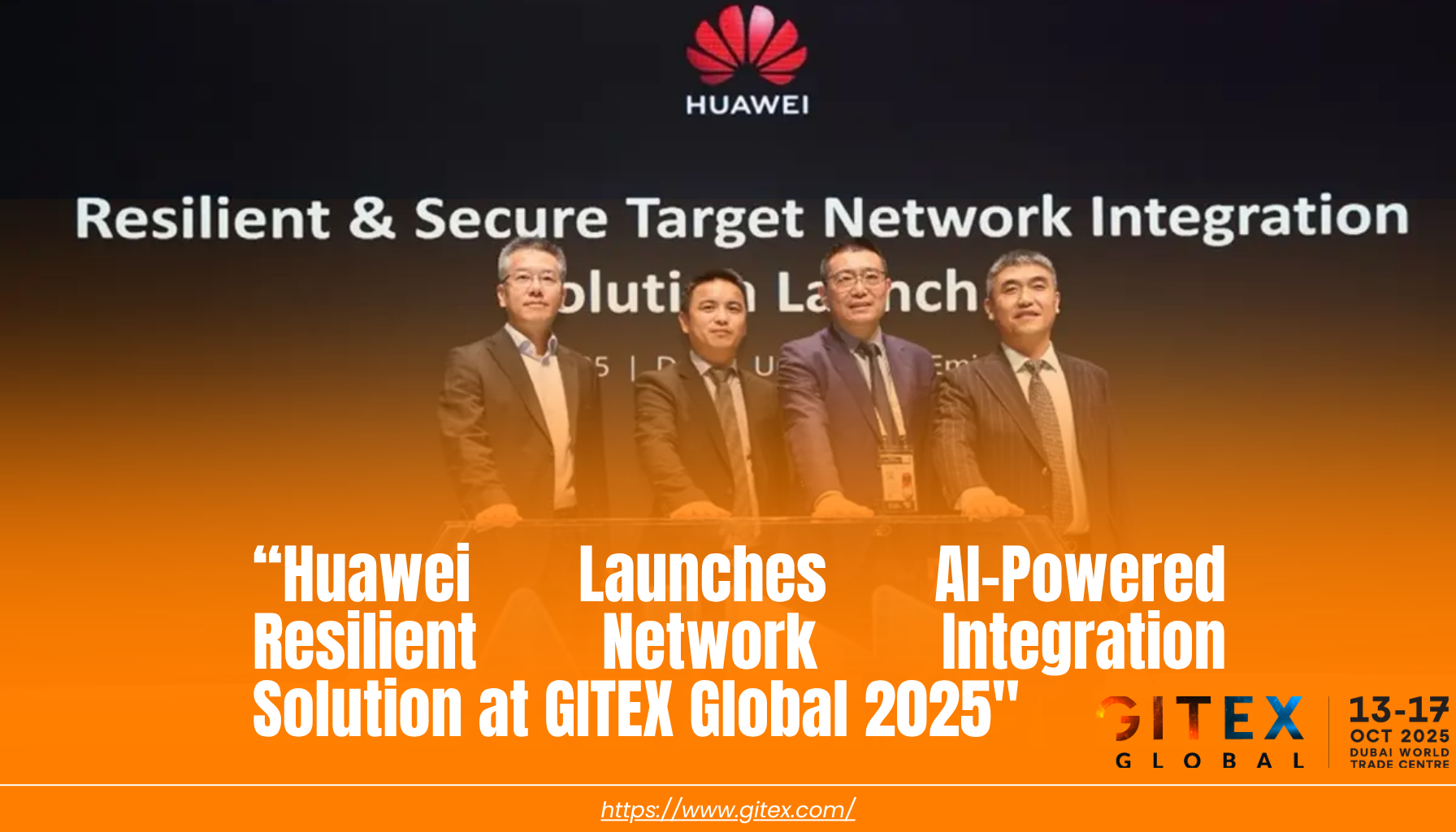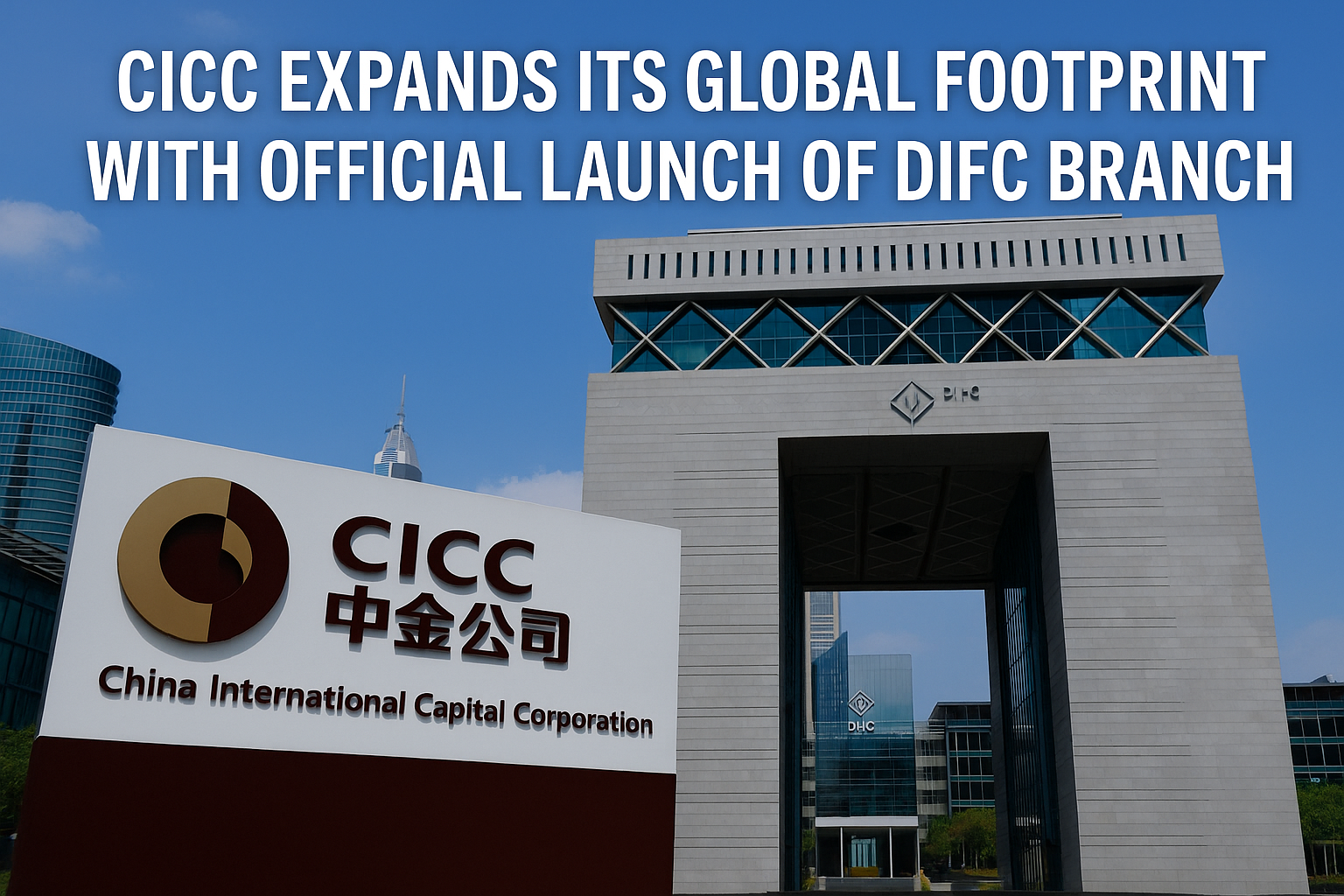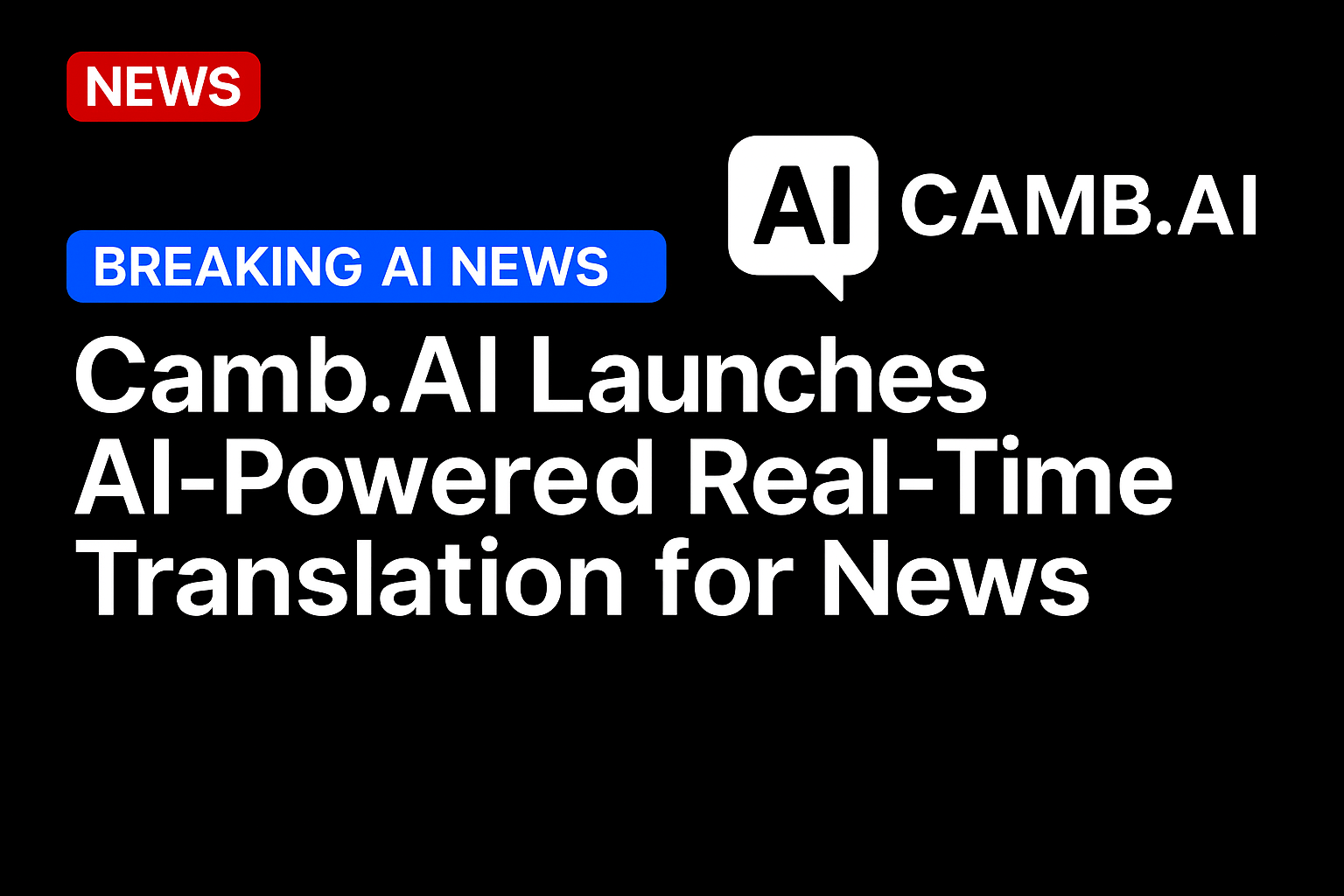Dubai, United Arab Emirates — Huawei has officially unveiled its AI-Powered Resilient Network Integration Solution at GITEX Global 2025, redefining the boundaries of digital infrastructure and connectivity through AI-native resilience, autonomous optimization, and end-to-end intelligence.
The announcement marks a pivotal milestone in Huawei’s global mission to build networks that think, learn, and evolve — networks capable of adapting in real time to the demands of an AI-driven world.
Huawei’s latest innovation combines AI-driven architecture, predictive analytics, and self-healing orchestration into a single, unified framework, empowering governments, telecom operators, and enterprises to achieve zero downtime, maximum performance, and trusted digital sovereignty.
⚙️ The Next Evolution: AI + Resilience + Integration
The newly launched Resilient Network Integration Solution is engineered to transform traditional networks into living digital ecosystems — systems that sense, decide, and act autonomously.
🔹 Core Capabilities
- AI-Driven Network Intelligence
- A centralized “AI Brain” analyzes millions of data points per second, enabling real-time decision-making for performance, routing, and traffic optimization.
- Integrates Huawei’s Xinghe Intelligent Network architecture, uniting AI with connectivity to ensure self-evolving system intelligence.
- Predictive Resilience & Self-Healing
- The system predicts potential network faults up to 30 minutes before occurrence using anomaly detection models.
- Automatically reroutes traffic, recalibrates bandwidth, and initiates system recovery — all without human intervention.
- Zero-Packet-Loss Performance
- Guarantees uninterrupted connectivity across distributed, multi-cloud, and hybrid environments — essential for latency-sensitive workloads such as AI inference, IoT, and mission-critical operations.
- Cross-Domain Integration Layer
- Seamlessly connects campus, data center, WAN, and cloud networks into one synchronized ecosystem.
- Provides enterprises with full visibility and unified orchestration across all domains.
- AI Security Fabric
- Employs an intelligent security engine with real-time behavioral analytics, deep threat correlation, and AI vs AI defense modeling to protect digital assets across sectors.
“The future of connectivity lies in intelligence and resilience,” said David Wang, Executive Director of the Board and Chairman of Huawei ICT Infrastructure.
“Our new AI-Powered Resilient Network Integration Solution transforms networks from reactive systems into proactive partners — capable of anticipating change, self-correcting, and protecting themselves.”
🧠 Reimagining Network Intelligence
Huawei’s solution introduces a paradigm shift: from managed networks to self-managed ecosystems.
AI as the Network’s Central Nervous System
- The system’s autonomous control layer acts as the network’s cognitive brain, dynamically analyzing topology, workload, and security context.
- With reinforcement learning algorithms, the platform continuously improves its decision logic — ensuring networks become smarter over time.
Data-Driven Architecture for Enterprise Agility
- Supports real-time analytics pipelines capable of processing petabyte-scale telemetry data from routers, switches, and edge nodes.
- Provides AI-assisted troubleshooting — cutting mean-time-to-repair (MTTR) by up to 70%, while improving uptime and service quality.
“We are transforming the network into a self-sustaining ecosystem,” said Li Peng, President of Huawei’s Carrier Network Business Group.
“In the age of AI, resilience is not optional — it is the foundation of digital trust.”
🚀 Strategic Impact Across Industries
Huawei’s solution is purpose-built for sectors undergoing rapid digital transformation, including government, energy, finance, and telecommunications.
| Sector | Application |
|---|---|
| Telecommunications | AI-native core networks that adapt dynamically to bandwidth fluctuations. |
| Smart Cities | Real-time monitoring, emergency communications, and connected infrastructure. |
| Finance & Banking | Autonomous failover and predictive transaction integrity systems. |
| Healthcare | Guaranteed uptime for AI-assisted medical imaging and telemedicine systems. |
| Energy & Utilities | Predictive maintenance for smart grids and critical infrastructure. |
Each deployment is designed for ultra-reliability, data sovereignty, and zero-trust security, ensuring compliance with both local and global standards.
🔒 AI Trust, Security & Governance
Huawei emphasized that its AI integration approach prioritizes security, explainability, and compliance.
- Zero-Trust Security Model: Continuous verification of every connection and transaction.
- Explainable AI Framework: Every AI-driven action — from fault correction to routing — is logged and auditable.
- Federated Learning Architecture: Enables knowledge-sharing across distributed nodes while protecting sensitive enterprise data.
- Sovereign Cloud Deployment Options: Ensures national data compliance for governments and regulated industries.
“Trust is the currency of the digital era,” said Charles Yang, President of Huawei Middle East & Central Asia.
“We are proud to support the region’s digital sovereignty through AI-powered infrastructure that’s not only intelligent, but transparent and secure.”
🌍 Global Vision: Building Intelligent Foundations for the AI Economy
Huawei’s launch at GITEX Global 2025 underscores its strategic mission: to provide the technological backbone of the intelligent world — a world where networks are self-aware, sustainable, and adaptive to human needs.
The company envisions its AI-Resilient Networks as a foundation for:
- Autonomous Cloud Connectivity — enabling seamless service delivery across edge, core, and multi-cloud environments.
- AI Infrastructure Orchestration — providing enterprises with intelligent control over compute, storage, and network convergence.
- Sustainability Optimization — reducing power consumption in data transmission by up to 20% using AI-based energy management.
Huawei also reaffirmed its commitment to collaborating with local partners and national digital strategies — particularly in the GCC and wider MENA region — to accelerate AI infrastructure deployment, skill development, and sovereign digital transformation.
📈 Roadmap & Expansion Strategy
Huawei outlined a three-phase rollout plan for the AI-Powered Resilient Network Integration Solution:
- Phase 1 (Q4 2025): Pilot projects with telecom operators and government entities in the UAE, Saudi Arabia, and Qatar.
- Phase 2 (2026): Full commercial deployment across enterprise markets, including finance, energy, and logistics.
- Phase 3 (2027+): Global integration with Huawei’s Xinghe Intelligent Network and CloudFabric 4.0 for cross-border connectivity and global interoperability.
Huawei will also open a Regional AI Network Innovation Center in Dubai — a hub dedicated to R&D, testing, and talent training in collaboration with local universities and public sector partners.
🧩 A Foundation for the Autonomous Future
The launch of Huawei’s AI-Powered Resilient Network Integration Solution redefines the role of connectivity in the AI era.
It bridges the gap between intelligent computation and intelligent transmission, creating networks that are autonomous, predictive, and self-healing — the foundation of the world’s next digital revolution.
“With this solution, we are entering an age where the network is alive — aware of its environment, resilient by design, and endlessly adaptive,” concluded Wang.
“This is the blueprint for the autonomous future.”
🏢 About Huawei
Founded in 1987, Huawei is a global leader in information and communications technology (ICT) infrastructure and smart devices. The company operates in over 170 countries and regions, serving more than 3 billion people worldwide. Huawei is committed to bringing digital to every person, home, and organization for a fully connected, intelligent world.
🌐 Website: www.huawei.com
Sources
- Economy Middle East, “Huawei unveils AI-powered Resilient Network Integration Solution at GITEX Global 2025.”
https://economymiddleeast.com/news/huawei-unveils-ai-powered-resilient-network-integration-solution-at-gitex-global-2025/ - Huawei Global Newsroom, “Huawei Upgrades Xinghe Intelligent Network to Support Intelligent Transformation.”
- GITEX Global 2025 Official Portal, https://www.gitex.com





